Torres Strait leaders unite in support of Indigenous voice to parliament
Noel Pearson spoke to residents about how the voice could work in their communities, describing a scenario in which all levels of government listened.
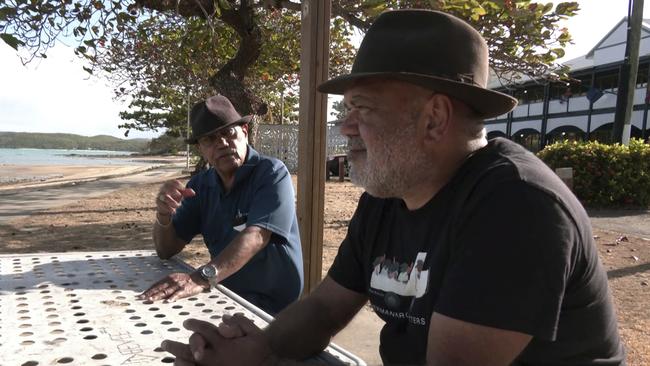
Torres Strait Islanders would choose 16 “local voices” – one for each island – and they would sit down with the local council and the Queensland and commonwealth governments four times a year to discuss progress towards shared goals in health, housing, education and other important local matters, according to Noel Pearson’s vision for the Indigenous voice to parliament.
Mr Pearson outlined his ideas for how Torres Strait Islanders would talk with all three levels of government as the Torres Strait people united behind the Yes campaign this week.
Speaking at a voice forum on Thursday Island, the Cape York leader also explained what he saw as the key difference between local and regional voices.
Mr Pearson said regional voices would take up issues common to the communities in that region. Using Cape York as an example, he said “We want the ability for each community to have a voice – Aurukun, Lockhart River, Hopevale, Kowanyama – all of them to have a voice, a local voice”.
“There will also be a Cape York voice, and the Cape York voice needs to be able to talk about those issues that kind of affect all of us across the region,” he said.
“Cape York voice needs to talk about the bigger issues, about what to do with, say, freight. (We) can’t solve freight for Lockhart alone, we have got to solve freight for Cape York and as a region we will want to join with other regions like yours.
“You know Tasmania has a freight subsidy. The entire state has a freight subsidy.
“Who has been voicing the need for a freight subsidy for remote Australia – mainland and the islands?
“Where is our voice saying we should have the same thing Tasmania gets? We don’t have 12 senators.
“Tasmania has 12 senators – that’s why they get a freight subsidy.
“Issues like that we can’t expect every island to fight for by themselves, we have to fight for it regionally. And not only regionally, we got to take it nationally.”
Mr Pearson told Torres Strait residents the voice was like a microphone and speaker.
“We want the ability for our leaders to come to the microphone and put our voice across, telling them what policy we want and what laws we want for our people,” Mr Pearson said.
The concept of local and regional voices is supported by the Coalition and Albanese government. In the proposal jointly written by professors Marcia Langton and Tom Calma in 2021, local and regional voices have “two-way communication” with the national voice on national issues.
That report, commissioned by the Morrison government, says local and regional voices could talk to all levels of government around a “partnership table”.
“Both sides of politics have said there will be a local voice, so each of the 16 islands will have a local voice and a regional voice,” Mr Pearson told Torres Strait Islanders on Tuesday.
“So at the local level there will be day-to-day issues that affect your community and each of the villages in the Straits – talk about the needs, talk about the opportunities, talk about the enterprises, talk about all the issues affecting you at the community level and giving you an ability to put that across to the government.
“But also at a regional level – to put the issues of the region across to the government.”
The voice was endorsed on Tuesday by four groups that advocate for and govern Torres Strait Islanders – the Torres Strait Regional Authority, Torres Strait Council, Kaurareg Native Title Aboriginal Corporation and the local land and sea council, Gur A Baradhraw Kod.
More Coverage
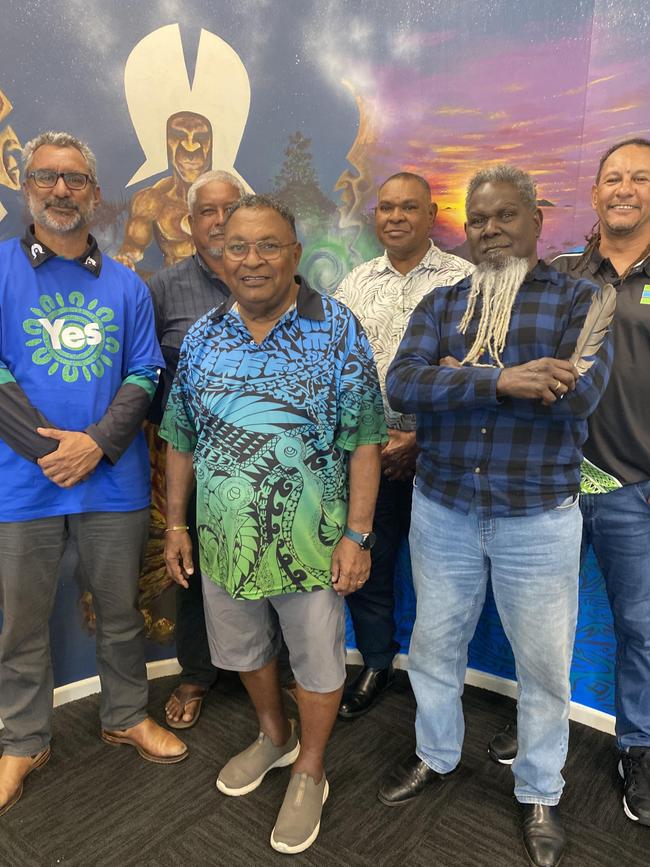


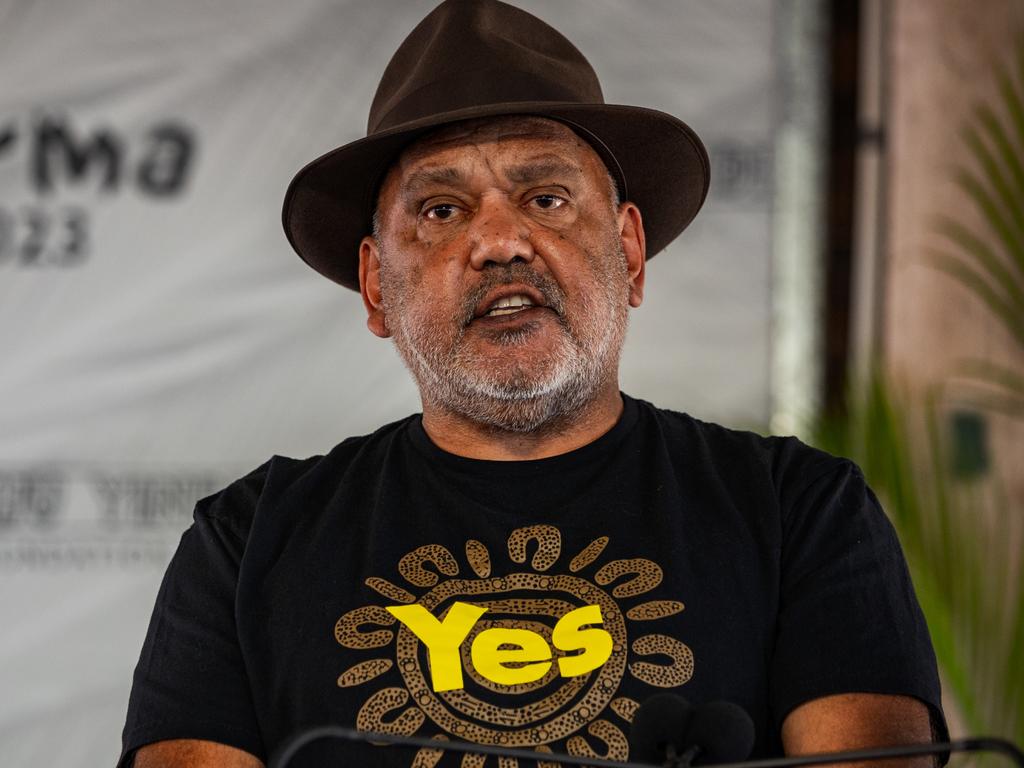
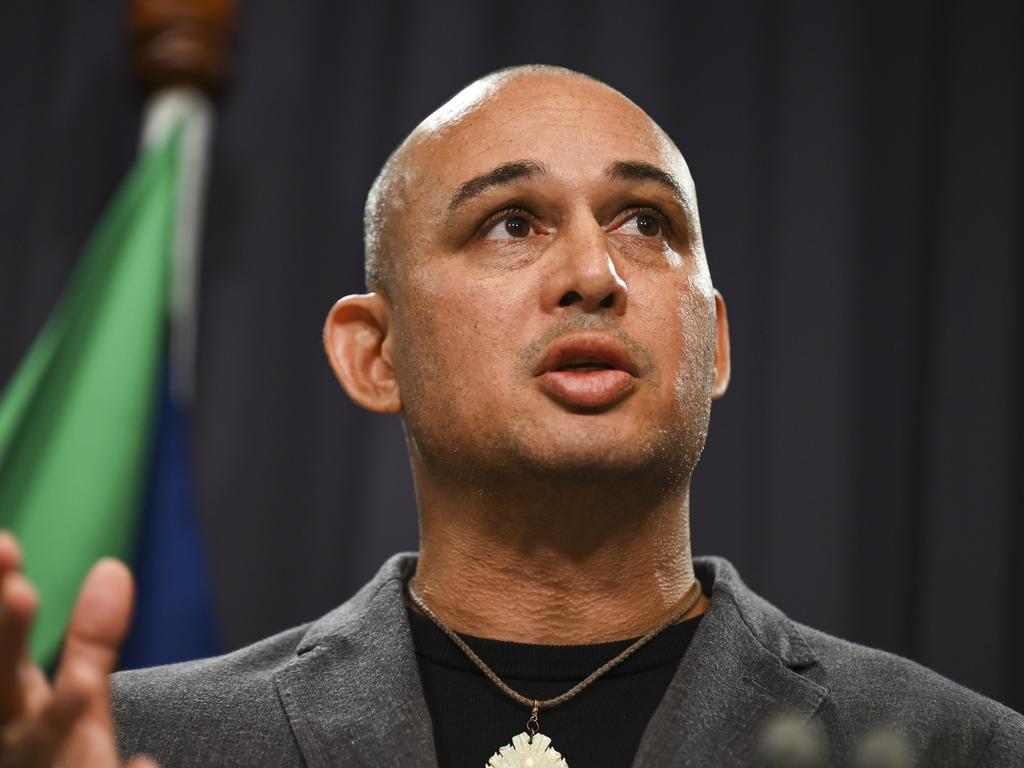
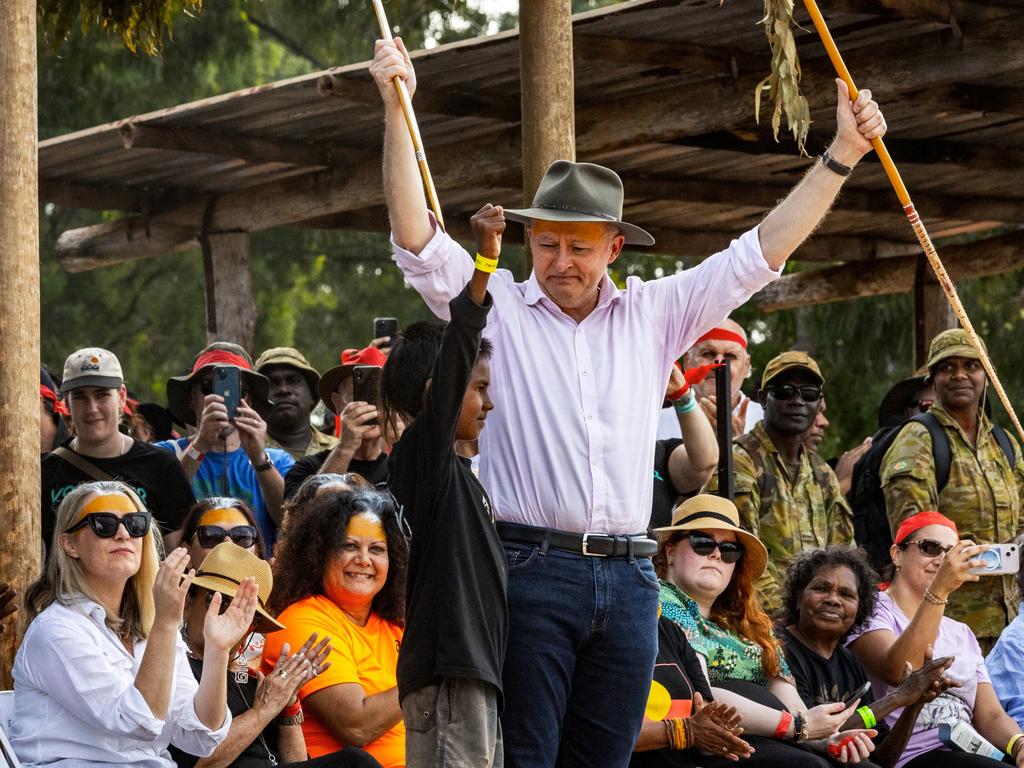
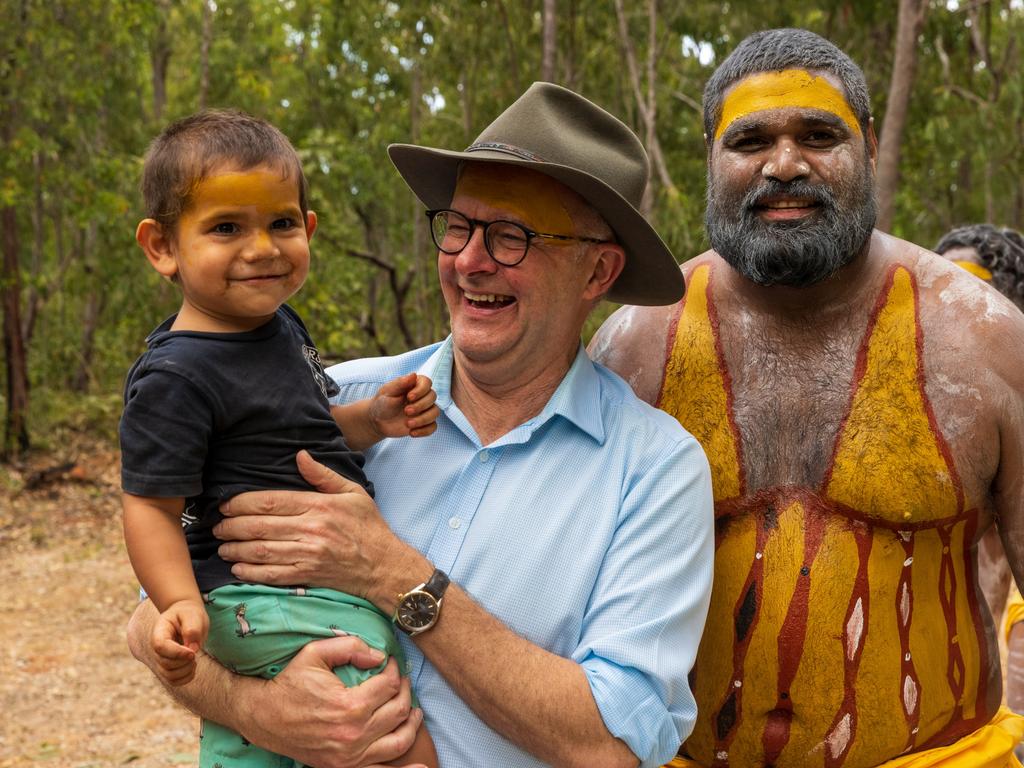


To join the conversation, please log in. Don't have an account? Register
Join the conversation, you are commenting as Logout